Minecraft Dungeons is an unexpectedly wonderful genre hybrid
"Does this all take place before or after Minecraft?"
"Minecraft meets Diablo" sounds like a pitch from Kyle in marketing, but the more I see of this oddball spin-off, the more it earns the right to namecheck its parts. It's an odd combination, sure - a Mojang-made Minecraft game, a dungeon crawler, a procedurally-generated game with a story, a hardcore button-mashing light show, and a chill, cheerful space to noodle around with friends. It can be as tough as you want it, or a friendly couch co-op blast with your kids.
It's also oddly beautiful, something I never really expected to say of a Minecraft game, with a soundtrack that wafts over its hub area like a warm breeze. From here, you can visit vendors, party up with friends, and test your loadout of magical weaponary and armour on unsuspecting hay dummies. That loadout will be key to Minecraft Dungeons' longevity, I think. You get one melee weapon, a ranged bow and a suit of armour, all of which can be enchanted with powerful bonus effects, plus three artefacts which act as customisable class items.
When I played Minecraft Dungeons at Gamescom last year I was dropped into the midst of the action, with a loadout preset and no space to customise things properly. I had a wolf who dealt damage but I didn't really know why. Now, with a few hours play in the recent closed PC beta, it's easier to see how the growth and customisation of your character will play a big part of the overall experience - and where some of the fun will come once you've run through its 10 areas for the first time. What begins as an arsenal of simple swords and shields ends up becoming a fireworks display of magic-infused weaponary, with chain explosions, lightning and lava pool effects as you find better loot and pick ever-snazzier enchantments.
Each Minecraft Dungeon area is a semi-procedurally generated level with its own unique biome and "gimmick" individual to it. The beta hosted an autumnal area, with a wide open village and branching paths to explore, for example. After playing that, I jumped into an online demo guided by Mojang executive producer David Nisshagen, who showed me a narrow mine area, full of bottlenecks, with fast-moving minecarts on rails that dealt damage if you got in their path. Complete each area once and you unlock its Adventure mode - a "sort of New Game Plus", Nisshagen tells me - where you can begin ratcheting up the difficulty to ridiculous levels, and dive back in to uncover more secrets and loot.
Playtests and the closed beta have shown that people are, so far, responding to this replayability, Nisshagen says. It's something aided by the semi-procedural nature of levels, and the inclusion in some of entirely procedural hidden dungeons and temples to mine for rare items. Some of these, he says, can take half an hour to fully explore, before you re-emerge and get back on with what you were doing. The aim of the adventure, in general, is to defeat the Arch-Illager, a misfit illager who found an object of great power and now wields it for nefarious purposes. His story is laid out in an entertaining opening cut-scene for the game (as well as, surprisingly, an entire Minecraft Dungeons spin-off novel).
Minecraft has dabbled in story before via Telltale's Saturday morning cartoon feeling Minecraft: Story Mode, but it's the first time Mojang has taken something like this on itself. Each level in Minecraft Dungeons begins with a short voiceover from a mysterious narrator setting the scene, as the camera sweeps the level from overhead.
"How do we do this? Do we have any narrative experts in game storytelling? No we don't," Nisshagen told me. "Everyone is really good at what they do, which is systemic things, building emergent gameplay. So it was quite the challenge, figuring out how to do story in the right way that didn't require too much reading, or too much text, or that was too complicated. The purpose of narrative here is to set up antagonists - enemies you will defeat - but also what the road there is - what will you do on the way?"
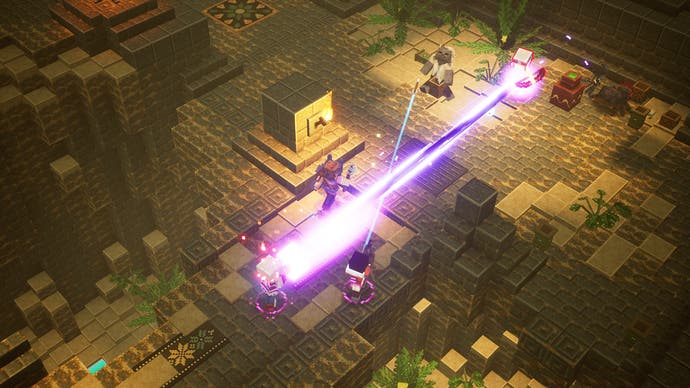



That said, Mojang is aware there are fans keen for official Minecraft canon - which means it is being careful with how it approaches the story of its world, and connections to the main Minecraft game. "We're still doing - I won't say baby steps, but we're still learning," Nisshagen continued. "And it's lead to a lot of interesting questions, like - does this all take place before or after Minecraft? And it was like... do we need to care about that? Yes, yes we do need to care about that. We need to have our own stuff together, a reason why this thing appeared, and X, Y, Z..." Dungeons was not designed as a story prequel to Minecraft, Nisshagen concluded, but there will be things for people to find and figure out - to make connections for themselves.
Dungeons recently had its release date shuffled forward a month into May, and its cross-platform capabilities pushed a little further out ("a few months", Nisshagen tells me) after that. Both of these things were hit by the impact of coronavirus, and the need to ensure staff were able to work safely from home. "We don't want to stress the teams during this time," Nisshagen says. He is, he tells me, sat at home in his basement, working from a recently-purchased desk. "We could probably have made [the old date] but that probably felt uncomfortable - partially for the team and also for the players, who we couldn't guarantee would get a good, fun game. So by taking this little extra end time, we'll have a better end product and happier team which can take pride in it."
As Dungeons wraps up, Nisshagen is marshalling his team at Mojang now working on post-launch content, alongside teams at UK studio Double Eleven working on console versions, QA staff in both the UK and in Poland, while continuing to chat with Microsoft staff in Redmond and their counterparts in Japan. In some ways, remote working with those teams overseas feels the same, but Nisshagen misses his office colleagues, and having water cooler moments where they come up with "wouldn't it be cool if?" ideas. "It's slightly less fun," he reflects, "but we're certainly doing a lot better than I expected, or feared."
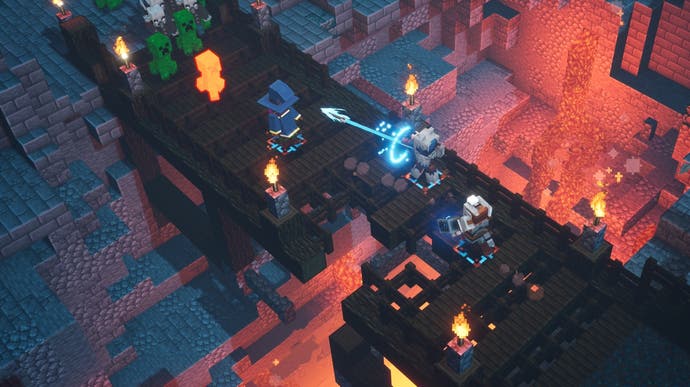


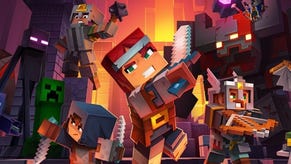
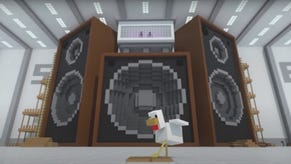

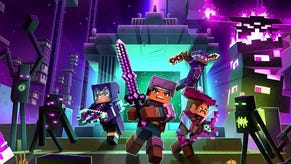
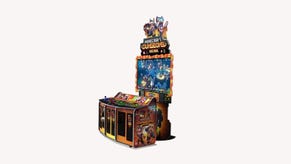
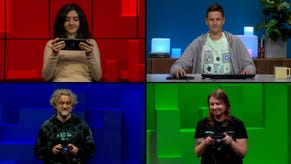
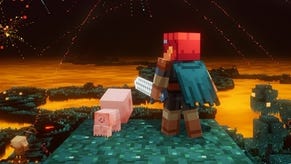







.png?width=291&height=164&fit=crop&quality=80&format=jpg&auto=webp)
